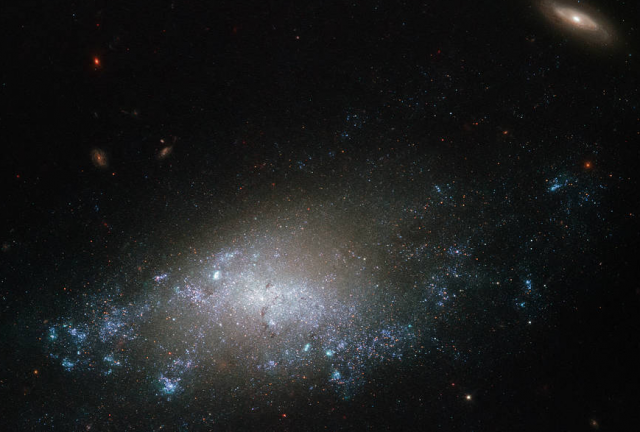NASA investigating first allegation of criminal activity in orbit
on August 25, 2019
37 Comments
It is being reported that the National Aeronautics and Space Administration (NASA) is investigating an allegation that an astronaut aboard the International Space Station (ISS) improperly accessed the bank account of her estranged spouse, which looks to be the first allegation of criminal activity from space.
























